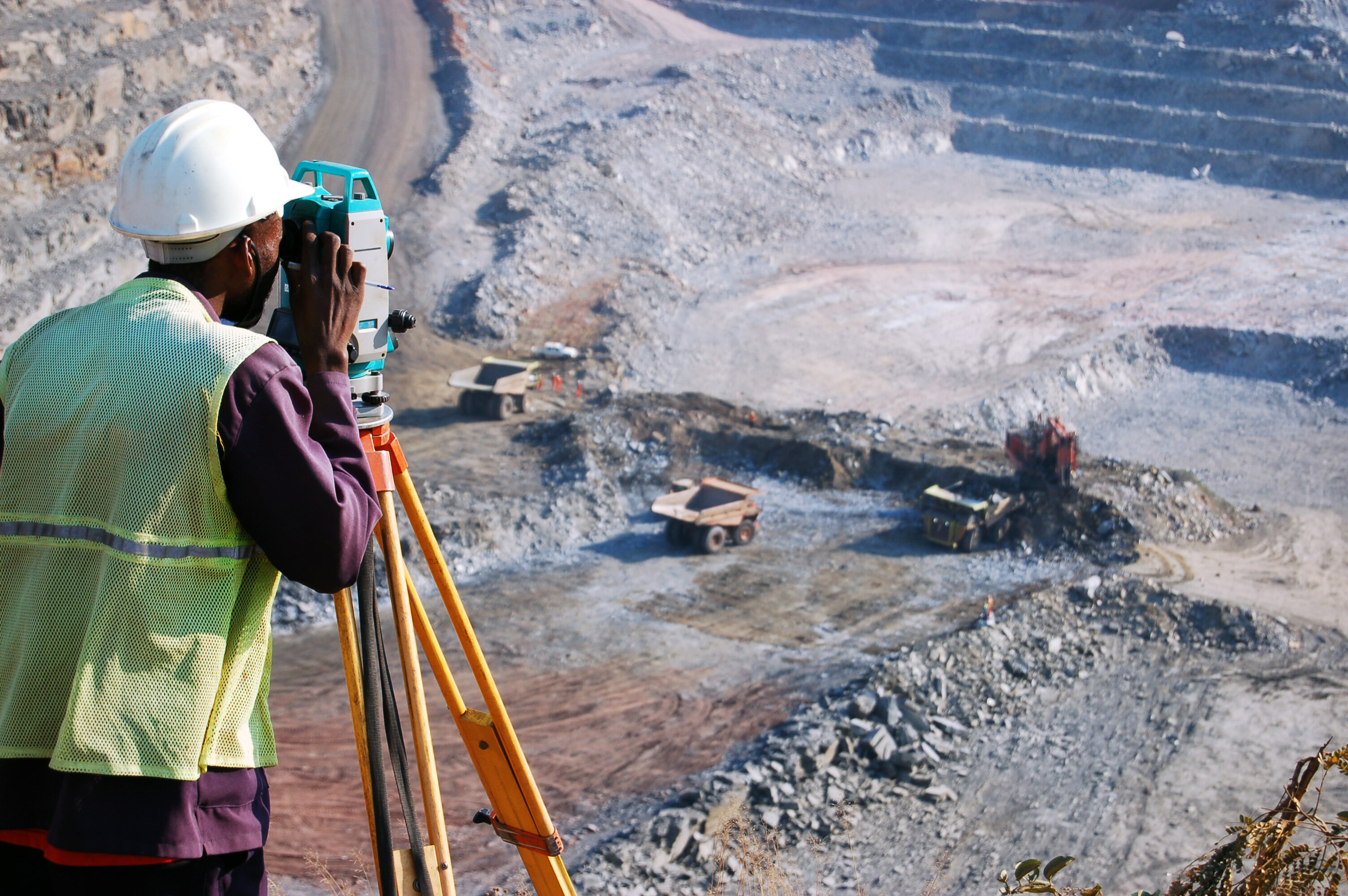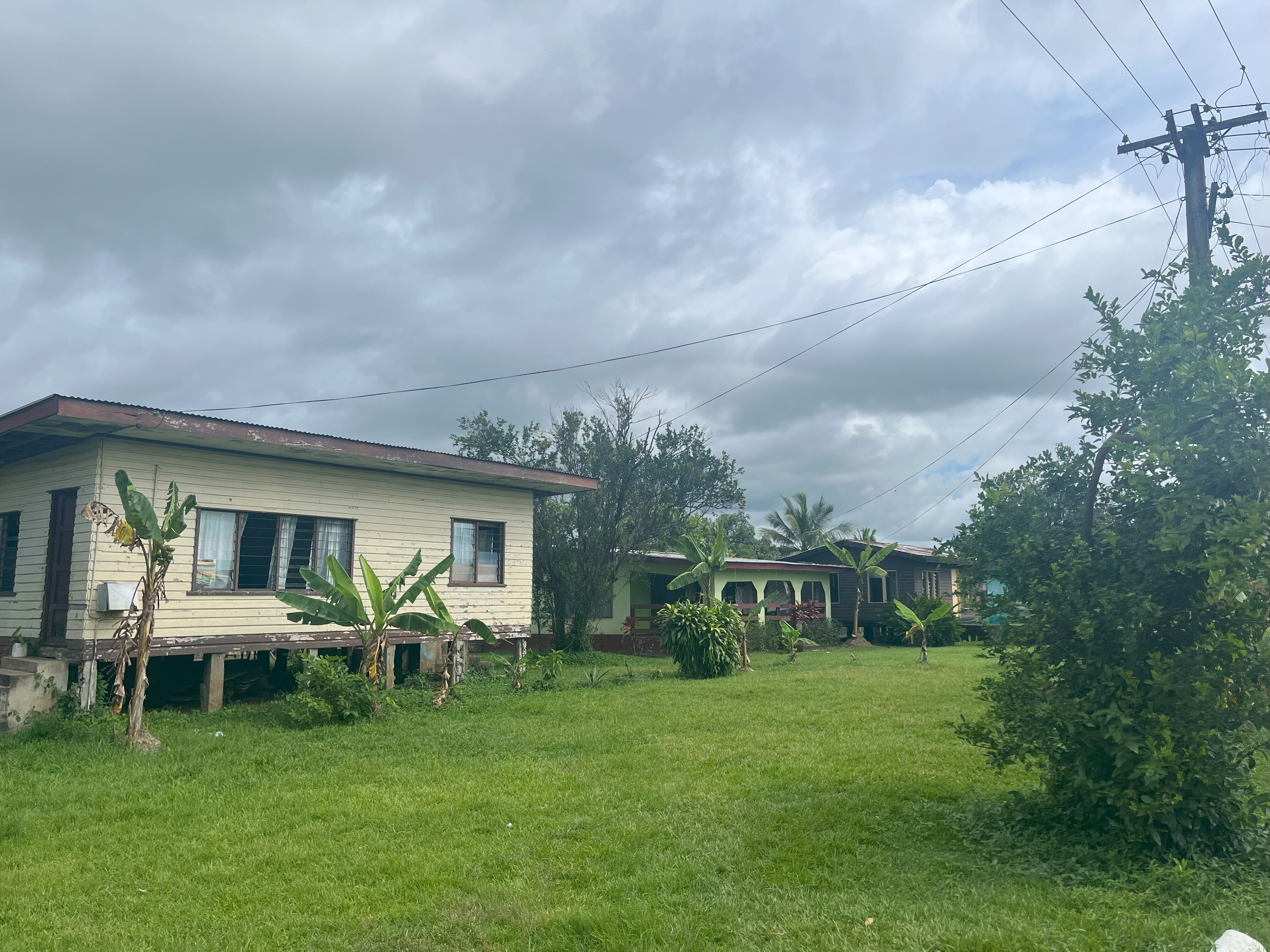The best place to live? Not Norway, according to this research

The UN puts Canada and the US tied at 10th place Image: REUTERS/Carlo Allegri
Sergei Scherbov
Deputy Director of World Population Program, International Institute for Applied Systems Analysis (IIASA)Every year, the United Nations releases the Human Development Index.
The HDI is like a country’s report card. In a single number, it tells policymakers and citizens how well a country is doing. This year, Norway was at the top of the class, while Niger finished last.
The index first appeared in 1990. Before then, a country’s level of development was measured solely by its economic growth. By taking non-economic dimensions of human well-being into account, the HDI revolutionized the idea of what was meant by countries becoming “more developed.”
The HDI has been wildly successful in changing the way people think about the development process. However, it still suffers from real flaws. There have been numerous attempts to do its job better, including one that we published on Nov. 6.
Eliminating the flaws in the HDI make a substantial difference. For example, Denmark was ranked fifth in the world according to this year’s UN rankings, but our new index knocks it down to only 27th, switching places with Spain.

Problems with the HDI
Human development can be devilishly hard to measure. The HDI considers changes in three domains: economics, education and health. (One alternative to the HDI, the Social Progress Index, combines data on 54 domains.)
In our view, the HDI has three main problems. First, it implicitly assumes trade-offs between its components. For example, the HDI measures health using life expectancy at birth and measures economic conditions using GDP per capita. So the same HDI score can be achieved with different combinations of the two.
As a result, the HDI implies a value of an additional year of life in terms of economic output. This value differs according to a country’s level of GDP per capita. Dig into the HDI and you will find whether it assumes an additional year of life is worth more in the U.S. or Canada, more in Germany or France, and more in Norway or Niger.
The HDI also struggles with the accuracy and meaningfulness of the underlying data. Average income could be high in a country, but what if most of it goes to a small elite? The HDI does not distinguish between countries with the same GDP per capita, but different levels of income inequality or between countries based on the quality of education. By focusing on averages, the HDI can obscure important differences in human development. Incorporating inaccurate or incomplete data in an index reduces its usefulness.
Finally, data on different domains may be highly correlated. For example, the GDP per capita and the average level of education in countries are strongly related. Including two highly correlated indicators may provide little additional information compared to just using one.
Our indicator
We propose a new index: the Human Life Indicator, or HLI.
The HLI looks at life expectancy at birth, but also takes the inequality in longevity into account. If two countries had the same life expectancy, the country with the higher rate of infant and child deaths would have a lower HLI.

This solves the problem of having contentious trade-offs among its components, because it has only a single component. It solves the problem of inaccurate data, because life expectancy is the most reliable component of the UN’s index. Because GDP per capita, the level of education and life expectancy are closely related to one another, little information is lost by using a human development indicator based only on life expectancy.
Our index draws a different picture than the one made by the HDI. Based on data from 2010 to 2015, Norway is not on top of the list in terms of human development. That honor goes to Hong Kong, while Norway drops to ninth place. Norway ranks highly on the HDI in part because of the revenues that it receives from North Sea oil and gas, but even with that revenue, Norway’s inequality-adjusted life expectancy is not the highest in the world.
What’s more, on our measure, Niger no longer is last. That dubious distinction goes to the Central African Republic.
The UN puts Canada and the U.S. as tied at 10th place, but Canada is ranked 17th in the world using our system, while the U.S. does poorly, ranking as 32nd. This relatively higher ranking of Canada reflects the higher longevity of its inhabitants and the lower inequality in their ages of death compared to people in the U.S.
In our view, the genius of the HDI is too important to give up, just because of problems with its implementation. In our new index, we have provided a simple approach that is free from the problems of the HDI. There is no need to have just one measure of human development, but it is useful to have at least one without contentious flaws.
The designations employed and the presentation of material on this map do not imply the expression of any opinion on the part of the World Economic Forum concerning the legal status of any country, territory, city or area or of its authorities, or concerning the delimitation of its frontiers or boundaries.
Don't miss any update on this topic
Create a free account and access your personalized content collection with our latest publications and analyses.
License and Republishing
World Economic Forum articles may be republished in accordance with the Creative Commons Attribution-NonCommercial-NoDerivatives 4.0 International Public License, and in accordance with our Terms of Use.
The views expressed in this article are those of the author alone and not the World Economic Forum.
Stay up to date:
Long-Term Investing, Infrastructure and Development
Forum Stories newsletter
Bringing you weekly curated insights and analysis on the global issues that matter.
More on Geo-Economics and PoliticsSee all
Isabel Cane and Rob Strayer
November 13, 2025






